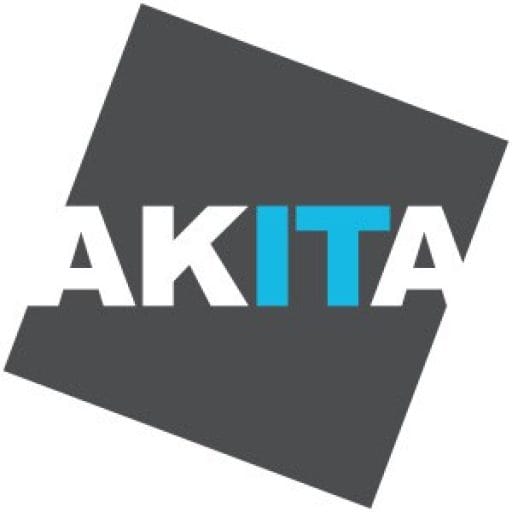Once upon a time, business communication was strictly one-way: messages only came from the top down. For companies now – and in a competitive job market – that approach to communication is a fast way to lose your staff. So to engage your staff (and still have time for your day job), your workplace communication strategy needs to be smarter.
Employees who feel listened to or valued are more likely to stay with their employers and contribute meaningfully to the team. Effective communication is at the heart of every high-functioning workplace. It leaves every employee feeling informed, educated and motivated. Here are some best practices to help improve your communication strategy and ensure you use your communication channels effectively.
Keep Pace With Your Audience As Part Of Workplace Communication Strategy
Modern company communication initiatives have moved on from notice boards and shared lunch spaces. After all, some of your most productive staff may not even have set foot in your office in the past 6 months.
Given this, you will need to be extra creative to keep up with what is going on across your organisation. A few ideas to keep you inspired include:
- Use Microsoft Teams channels: Whether they are for formal or casual communication, communication channels are a great way to know employees’ interests and be part of their projects talks.
- Work smarter around internal communications: Use Outlook’s diary function or list-driven reminders from SharePoint Online to automate alerts around upcoming celebrations such as birthdays or work anniversaries that can be celebrated together as a company.
- Introduce a virtual suggestion box: A virtual suggestion box will motivate your employees to step up and share their opinions to keep your company connected. Added to shared digital spaces (such as your intranet) ensures that everyone has access wherever they’re working.
Make Communication A Conversation
An inclusive workplace promotes meaningful and productive conversations among your employees. Enable this by running meetings in a way where everyone can engage (such as video conferencing) and leave space for Q&A sessions at the end. Also, post upcoming initiatives to your intranet as a story and encourage staff to feedback on plans. Encouraging your employees to join the conversation will boost natural company evolution.
Give A ‘Heads Up’ To Your Managers
Managers are the key players in distributed workplaces; it’s essential to provide them with talking points ahead of time. This information will help them prepare for any potential questions that may arise after you’ve rolled out a new initiative and ensure that you share a unified message across the company. Having dedicated Microsoft Teams channels for management messaging can be an effective way of achieving this without having to call disruptive meetings for every initiative.
Discover New Ways Of Building Company Culture
There’s a shift in attitude towards building company culture. Ping pong tables and free drinks are not alluring anymore; instead, employees want a work culture that values respect and accountability.
You can quickly incorporate these new culture initiatives into your workplace communication strategy by sending clear and consistent information that ensures transparency and care to your employees. Videos and news stories hosted on your intranet can help achieve this.
Make Employees The Brand Advocates As Part Of Your Workplace Communication Strategy
Empowering employees to amplify your message can be a significant voice for your company. It can ensure authenticity when connecting with customers, new employees, colleagues, and everyone.
Incorporating a peer-to-peer dynamic into your internal communication strategy will transform your employees into content marketers, strengthening your brand, increasing leads, and improving your business results.
Akita can help develop the technology for workplace communication strategy. To discuss your requirements, get in touch with our business applications team today:
Contact Us



